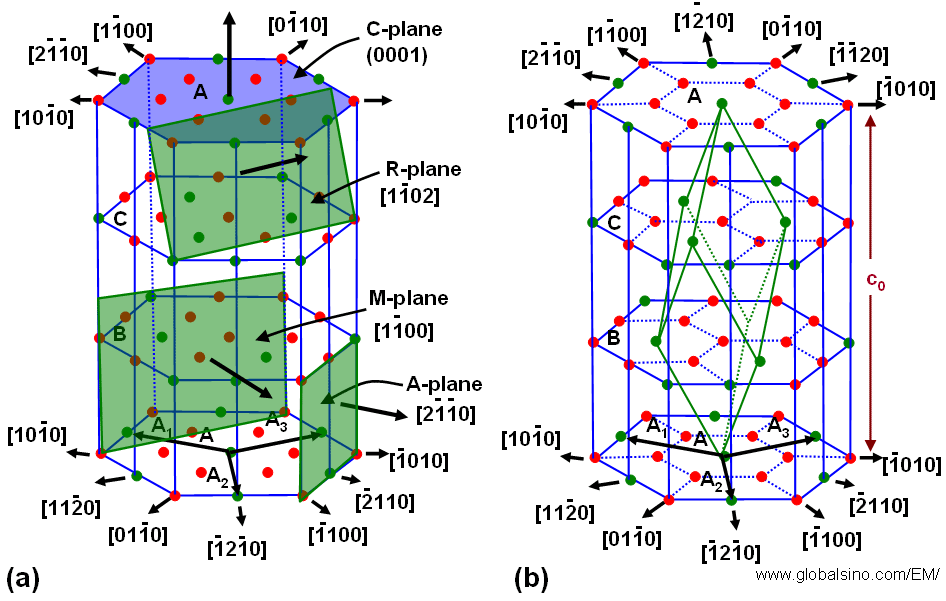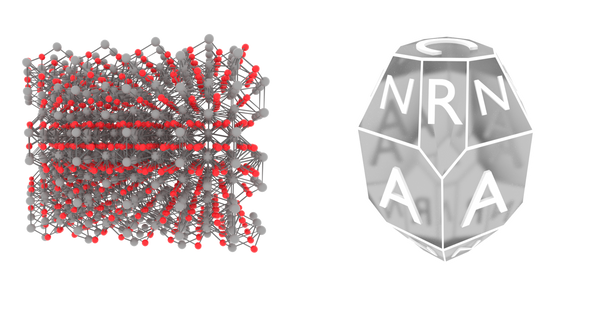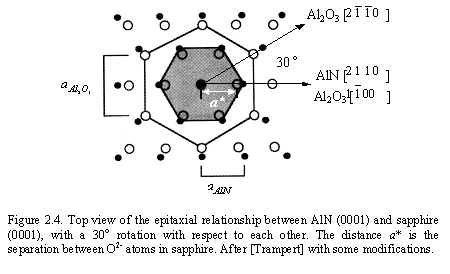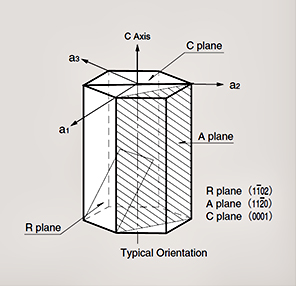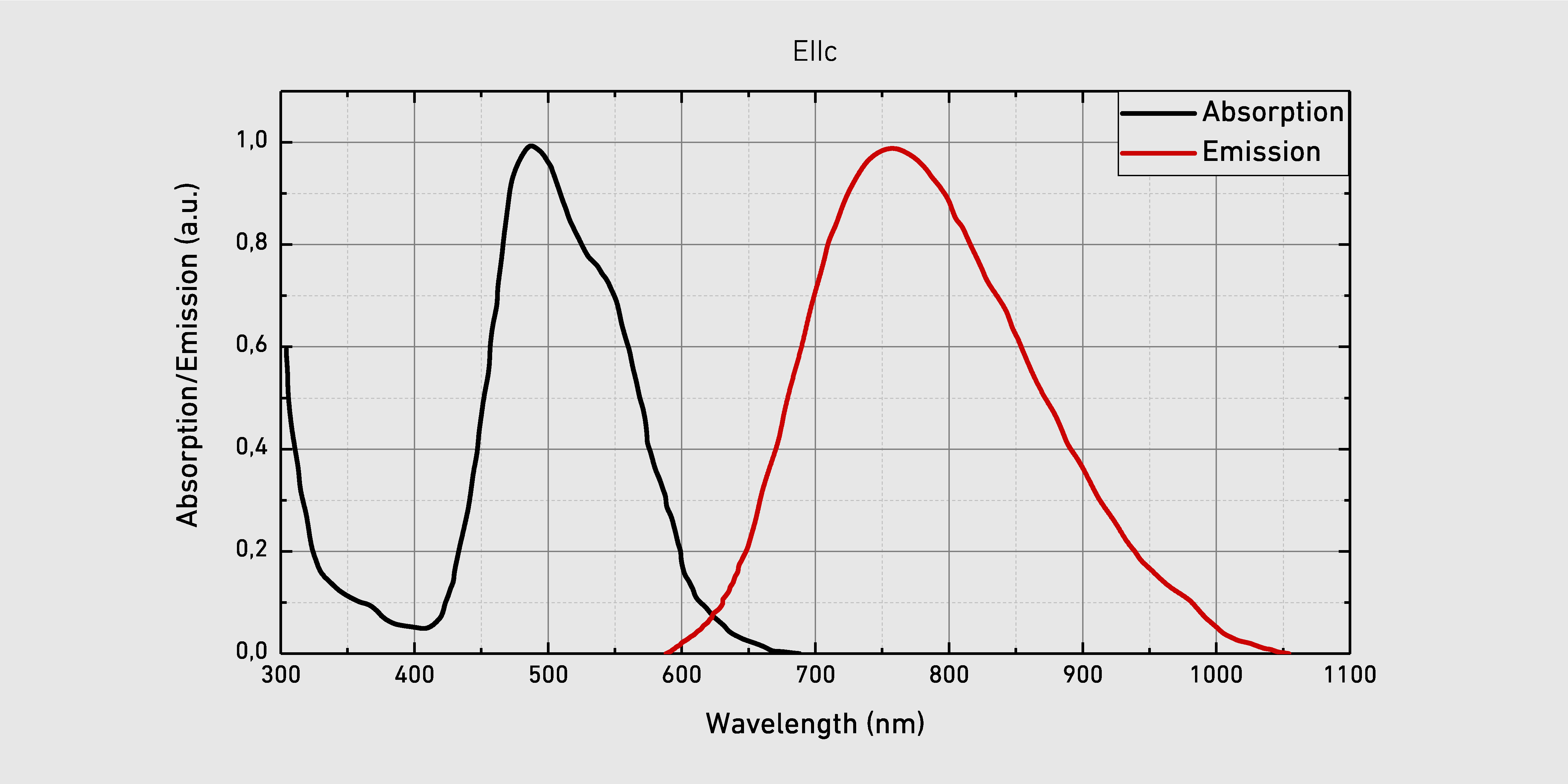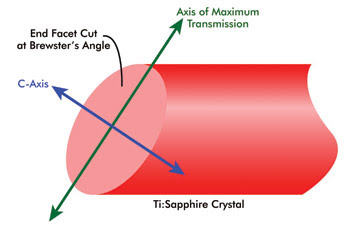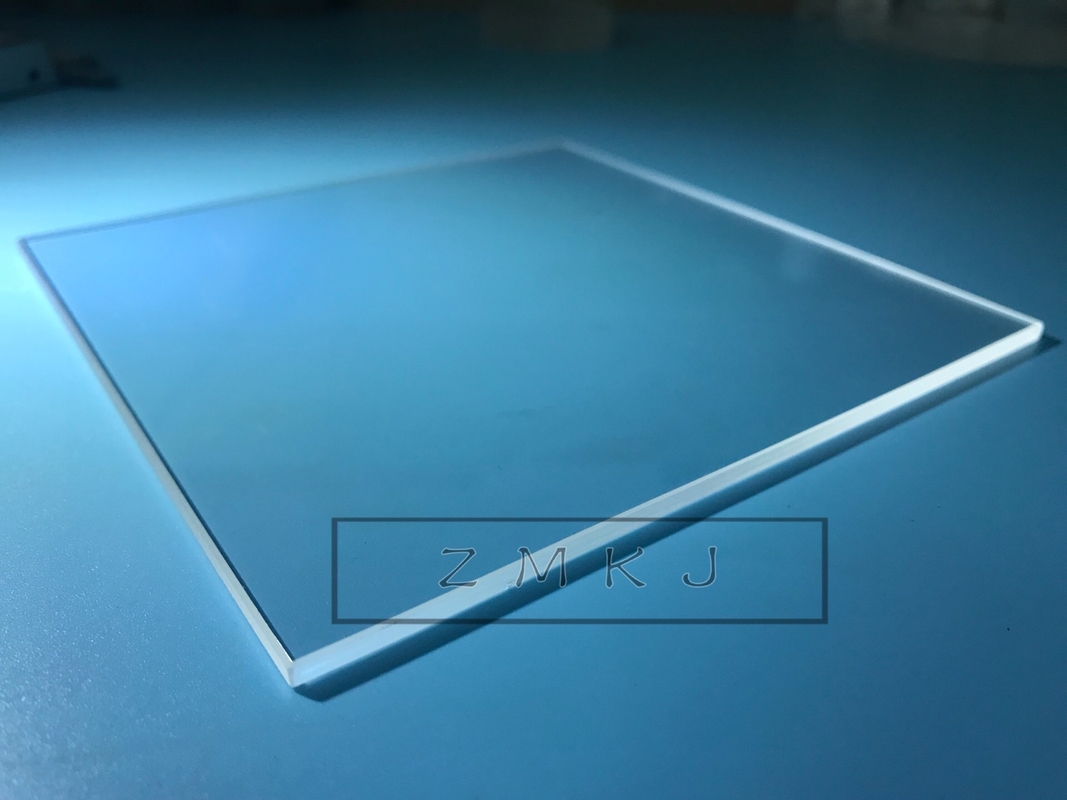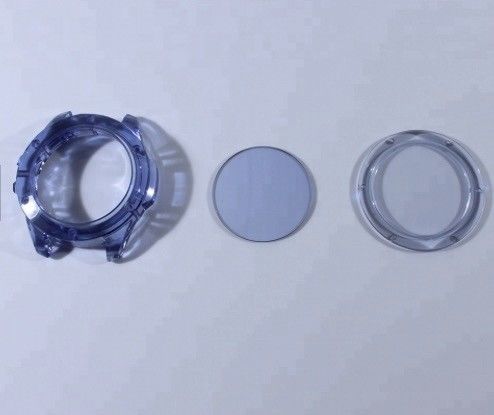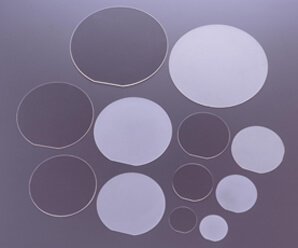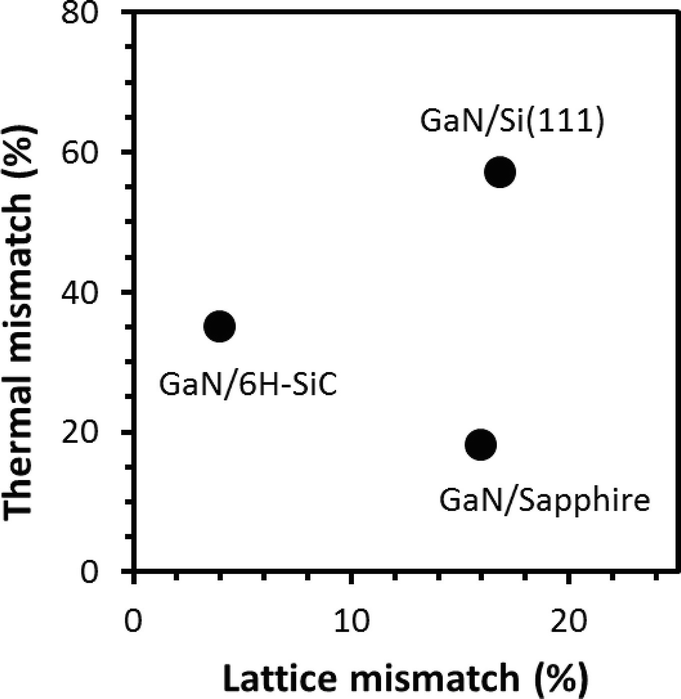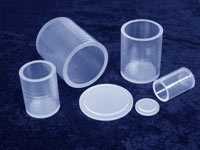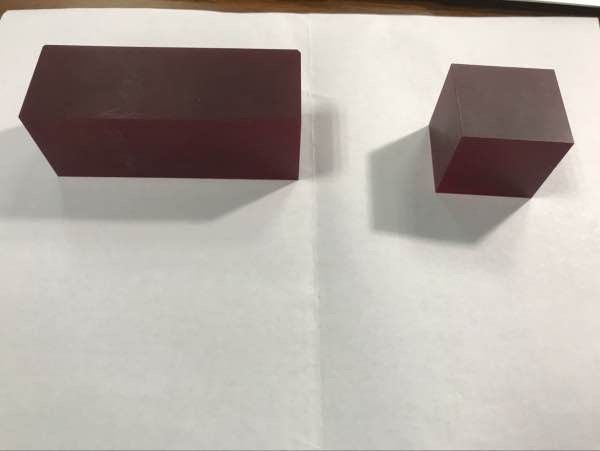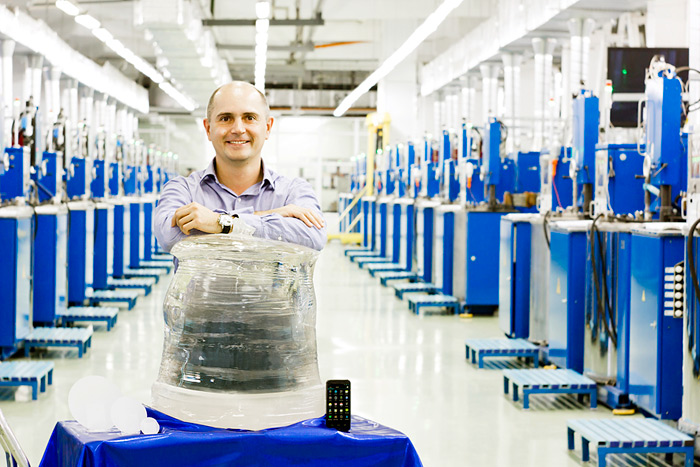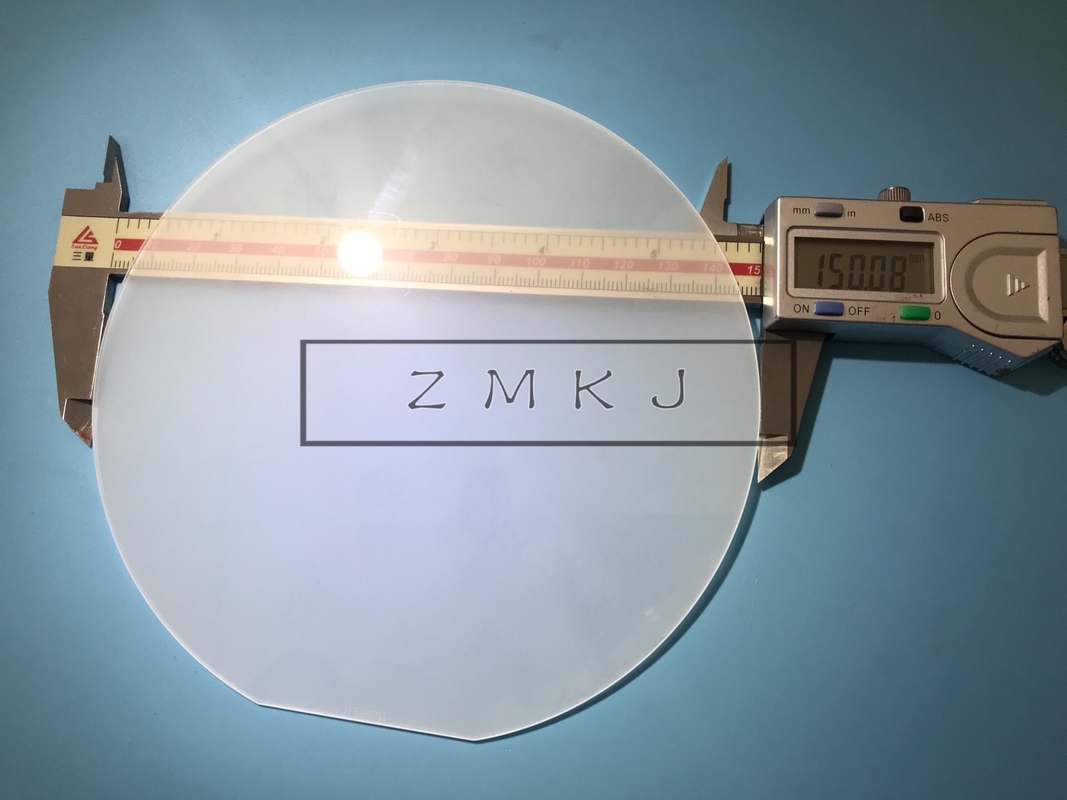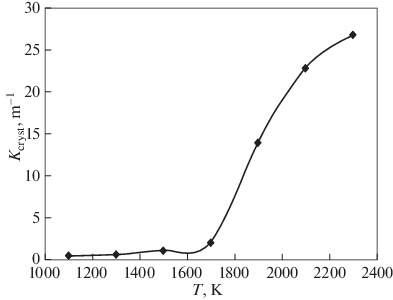Sapphire Substrate Crystal Structure
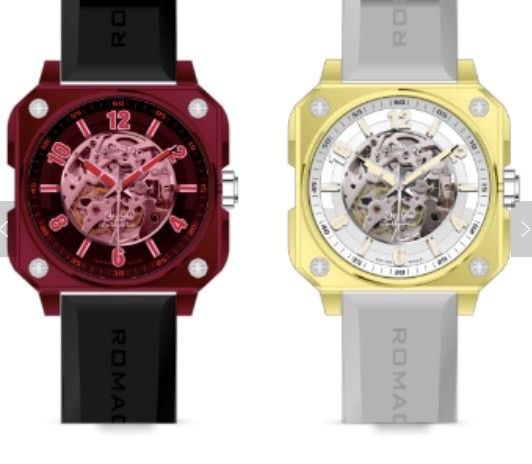
Sapphire substrates wafers.
Sapphire substrate crystal structure. Epitaxy refers to a type of crystal growth or material deposition in which new crystalline layers are formed with one or more well defined orientations with respect to the crystalline substrate the deposited crystalline film is called an epitaxial film or epitaxial layer. We further characterize the crystal structure at the interface between bisb and the sapphire substrates by using high resolution transmission electron microscopy tem. The lattice spacing corresponds to c 6 66 å. 4 the arrows and asterisk indicate an interstitial or vacancy loop and nearly turbostratic stacking.
The results of different growth temperature influenced for surface morphology and crystal structure of β ga 2 o 3. This structure consists of a thick sapphire substrate with a thickness of 80 μm which is deposited on an un doped transition layer of gan with a thickness of 1 5 μm. Substrate analysis sos structure. Sapphire wafers and sapphire substrates are available in c r a and m plane orientations.
The width of the microbelts was about 1 1 5 μm and the length was about 15 μm. Parti sapphires show two or more colors. Above the latter an n doped gan layer si 10 17 10 19 cm 3 with 5 μm thickness etched by wet etching or plasma icp inductively coupled plasma etching with studs of 5 μmin diameter and 200 nm thickness is. Optical properties sapphire is birefringent meaning that its refractive index depends on the direction at which the light propagates through the crystal and its polarisation.
A clear layered structure consisting of h bn planes was observed on 0 0 0 1 sapphire substrate in spite of the large lattice mismatch. The crystal structure of sapphire left has numerous symmetry planes right along which the properties of the material differ slightly. Figure 3 c shows a tem image of a bisb film deposited on sapphire by ar plasma magnified near the interface. Sapphire is a precious gemstone a variety of the mineral corundum consisting of aluminum oxide α al 2 o 3 with trace amounts of elements such as iron titanium chromium vanadium or magnesium it is typically blue but natural fancy sapphires also occur in yellow purple orange and green colors.
Typical properties of sapphire wafers and substrates sapphire is a single crystal al 2 o 3 with a hexagonal rhombohedral crystal structure. The high density and large quantity β ga 2 o 3 microbelts were synthesized by changing the growth temperature on patterned sapphire substrates pss by chemical vapor deposition equipment. One can see that the first 2 nm bisb has some crystal disorder.
